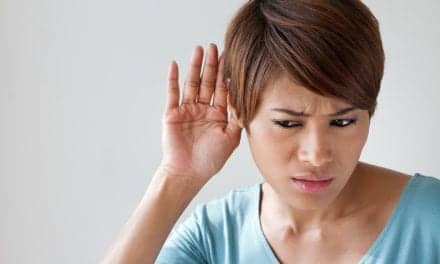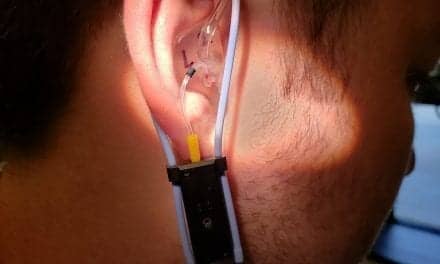House Research Institute (HRI) and Children’s Hospital Los Angeles will conduct a 5-year clinical trial to test an auditory brainstem implant (ABI) in children.
The grant for the trial is funded by the National Institute on Deafness and Other Communication Disorders (NIDCD).
“We are grateful to the NIDCD for funding our study at House/Children’s Hospital, which represents the first time the NIDCD has funded a pediatric ABI clinical trial,” said Eric P. Wilkinson, MD, co-principal investigator, House Research Institute, lead physician on the study, and associate, House Clinic. Study surgeries will be performed at the Children’s Hospital.
Children considered for the clinical trial must have congenital bilateral deafness resulting from a malformed or nonexistent cochlea or hearing nerve. Such patients cannot receive hearing benefits from a hearing aid or cochlear implant. Children with cochlear implants that have not provided benefit are also suitable candidates for the study. Ten children will have their surgical and audiological care provided by the trial grant.
The ABI was developed at HRI in the late 1970s and is the world’s first successful prosthetic hearing device to stimulate neurons directly at the human brainstem, bypassing the inner ear and hearing nerve entirely. More than 1,000 adults worldwide have received the ABI, led by physicians of the House Clinic.
The goal of the study is to establish the safety of both the ABI and the delicate brain surgery procedures required for its successful implantation for American children. To date, children who have been implanted with ABIs outside the United States have demonstrated potential to understand speech, and five US children who were implanted in Europe in recent years receive regular follow-up by the pediatric audiology staff at HRI’s CARE (Children’s Auditory Research and Evaluation) Center in Los Angeles.
“For the children we have been evaluating in the CARE Center, communication outcomes have been shown to vary. However, we are impressed by the rate at which some of these children are learning to recognize speech without visual cues,” said Laurie Eisenberg, PhD, co-director, House Research Institute’s CARE Center, and audiologist and co-principal investigator on the grant.
An example of the promising communication results of the pediatric ABI is the story of Nathan Goss: Implanted in Italy in 2008 at the age of 3, Nathan was one of the first American children to receive an ABI. According to his parents and HRI’s CARE Center clinical team, Nathan, who is now 7 years old, is communicating well enough to be successful in second grade in a mainstream elementary school.
See a video interview below with Nathan’s parents, who share Nathan’s 5-year progress as an ABI patient.
SOURCE: House Research Institute




